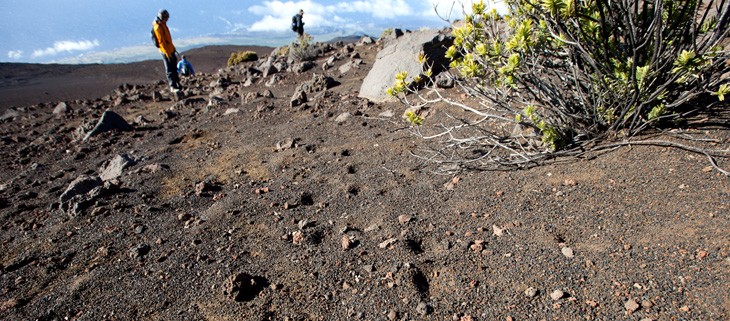December 4, 2024
The Ebiil Society: Champions of Palau
Ann Singeo, founder of our partner organization the Ebiil Society, shares her vision for a thriving Palau and a flourishing world of indigenous science!
We use cookies to help you navigate efficiently and perform certain functions. You will find detailed information about all cookies under each consent category below.
The cookies that are categorized as "Necessary" are stored on your browser as they are essential for enabling the basic functionalities of the site. ...
Necessary cookies are required to enable the basic features of this site, such as providing secure log-in or adjusting your consent preferences. These cookies do not store any personally identifiable data.
Functional cookies help perform certain functionalities like sharing the content of the website on social media platforms, collecting feedback, and other third-party features.
Analytical cookies are used to understand how visitors interact with the website. These cookies help provide information on metrics such as the number of visitors, bounce rate, traffic source, etc.
Performance cookies are used to understand and analyze the key performance indexes of the website which helps in delivering a better user experience for the visitors.
Advertisement cookies are used to provide visitors with customized advertisements based on the pages you visited previously and to analyze the effectiveness of the ad campaigns.
Looking to make an impact this Earth Month? Here’s how.

By: David Will
Imagine you are on a remote island fighting your way through thick bushes in search of footprints the size of quarter – but hoping you don’t find any. This might sound like fun for a weekend but imagine your job for two years is to look hard—for nothing.
This is the task undertaken by some of the world’s leading conservationists working to protect unique island species from the threat of introduced, damaging (invasive) vertebrates on islands. Invasive vertebrate species on islands are a primary driver of extinction of island species, but this threat can be addressed by removing (eradicating) the invasive species. To ensure the invasive species does not repopulate the island, we must be certain that every last one has been removed.
This week for National Invasive Species Awareness Week, Island Conservation, the National Invasive Species Council, and Conservation X Labs are posing a challenging aimed to generate innovative ideas that can support the task of confirming zero. We need the help of gurus, hobbyists, and dreamers to accurately detect invasive species at low densities and confirm that the last one has been removed from an island.

Confirming zero—being certain that no invasive species are left on an island, is hard work. Conservationists search thousands of kilometers and sort through hundreds of thousands of photos, which can take months, or even years. Tools like monitoring cameras, track-pads (flat surfaces like sand that capture footprints), and drones are effective at detecting invasive vertebrates, but are limited by our ability to retrieve and analyze detection data – especially on remote islands without internet access. Innovative solutions that automatically identify species and deliver detection data could save conservationists countless hours and result in the preservation of unique species for future generations.
To learn more about this challenge visit the Conservation X website. We look forward to hearing your innovative ideas.
Featured Photo: Conservationists searching for tracks of invasive vertebrates in Maui, Hawai’i Credit: Island Conservation
Check out other journal entries we think you might be interested in.
Notifications